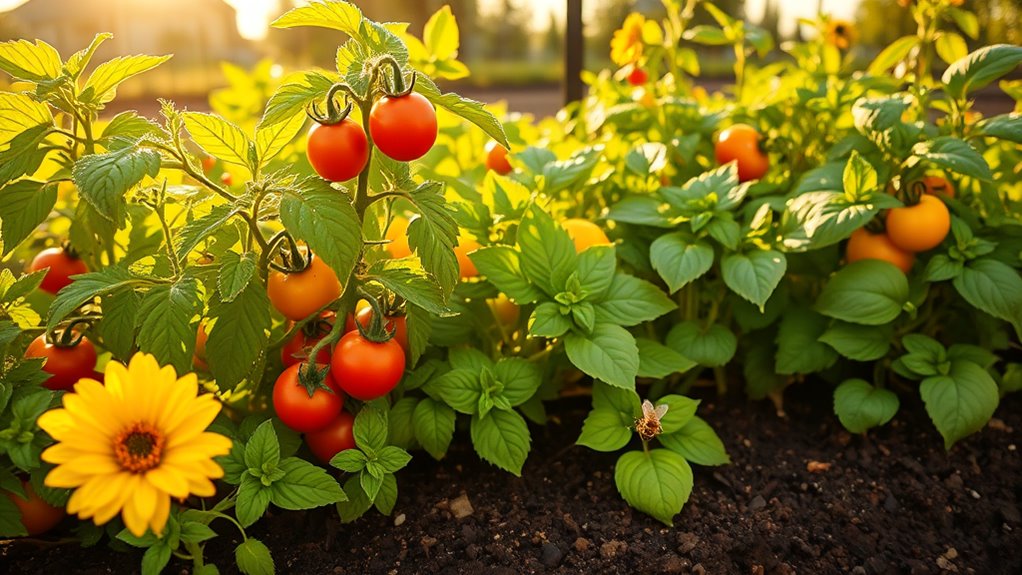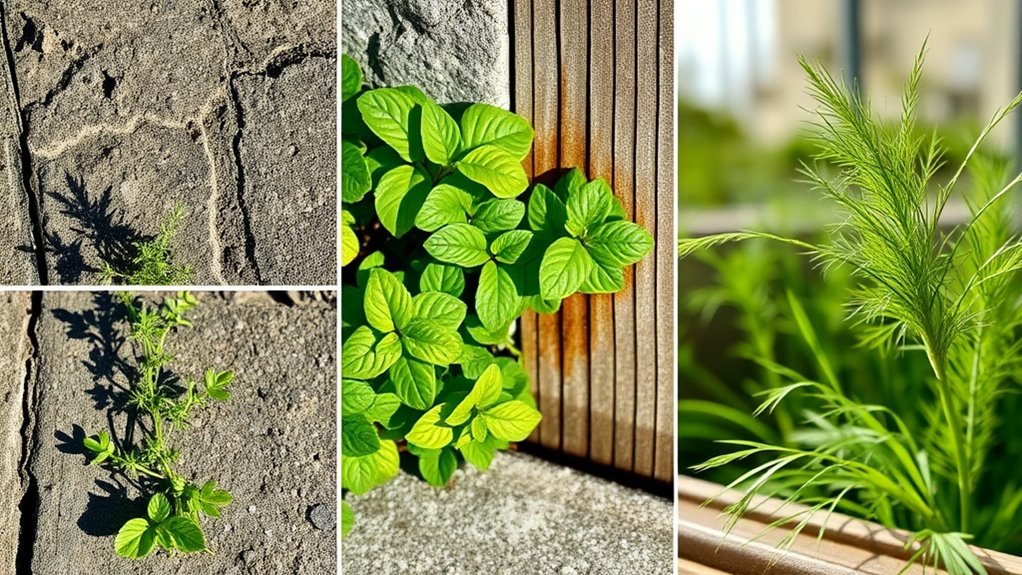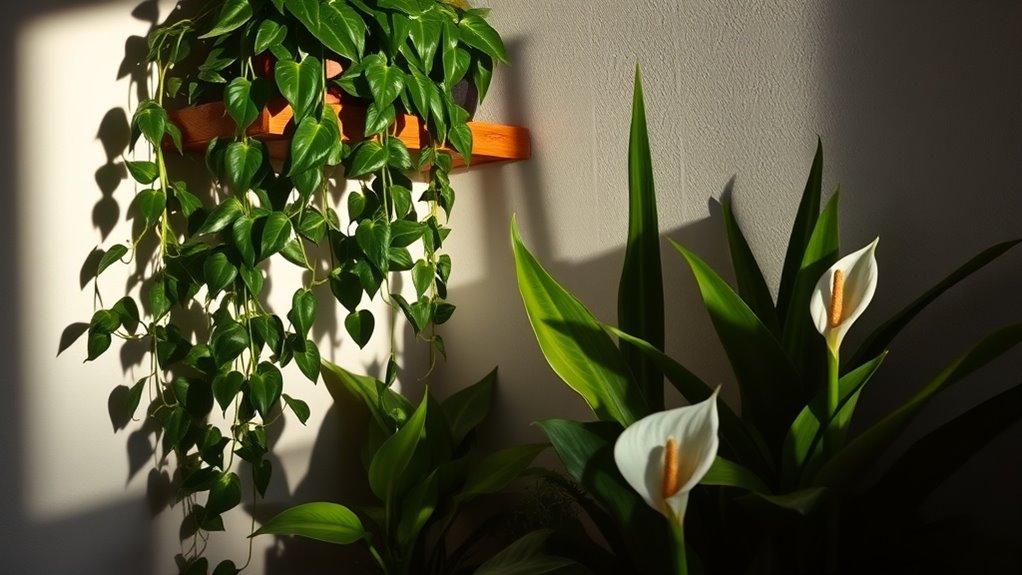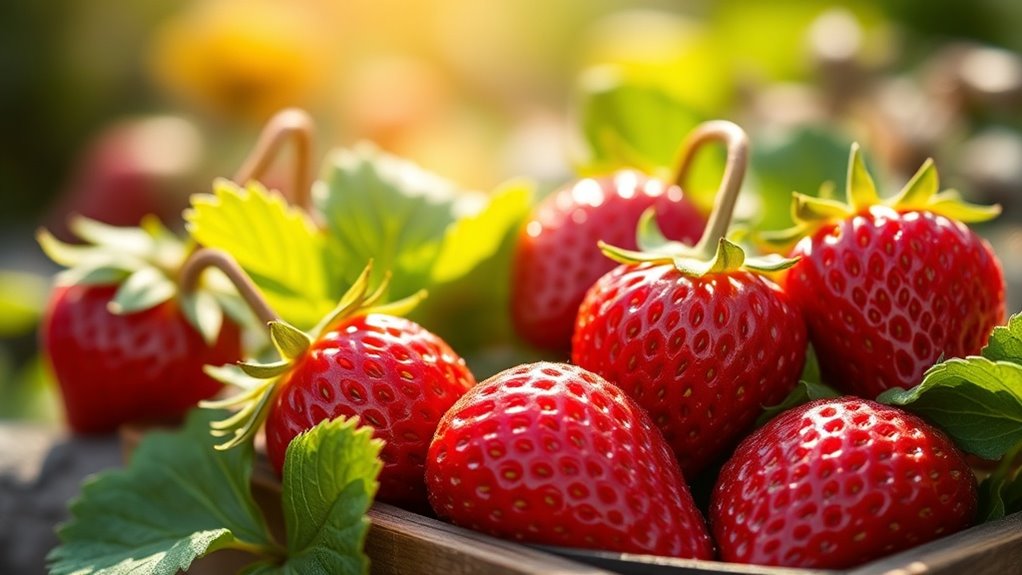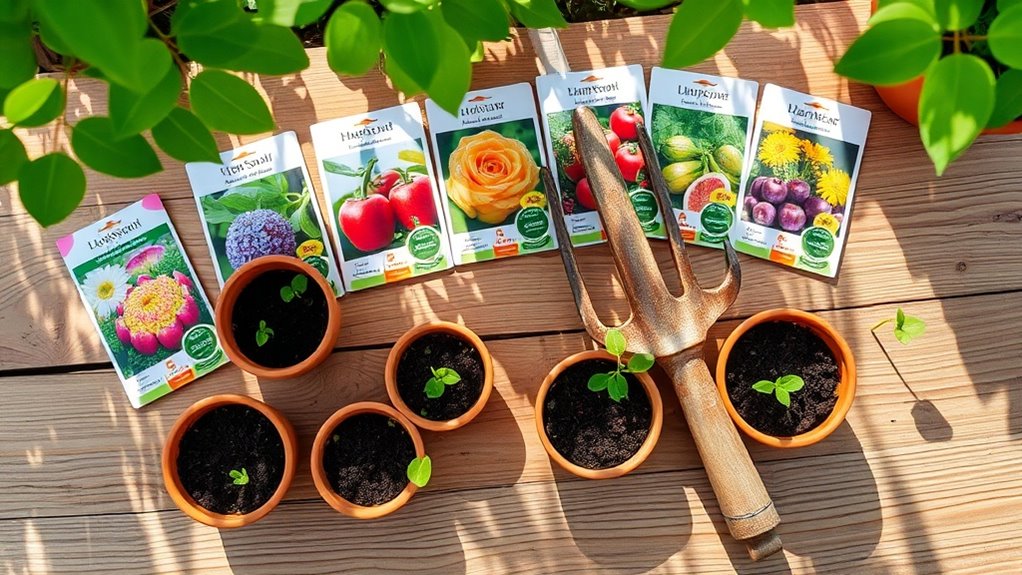My Raised Bed Garden Needed Just One Thing to Flourish
Imagine a gardener who transformed a struggling plot into a thriving oasis simply by enriching the soil. You might think the secret lies in the choice of plants or watering habits, but that gardener discovered the foundation of success rested solely on quality soil. By prioritizing soil health, they set the stage for flourishing crops. So, what key factors should you consider to ensure your own raised bed garden reaches its full potential?
Understanding the Basics of Raised Bed Gardening
Raised bed gardening is a popular method that offers numerous benefits for both novice and experienced gardeners. One essential raised bed gardening tip is to consider the optimal size and height for your beds. This ensures easy access, enhances drainage, and allows for better soil management, making it easier to control weeds and pests while promoting healthy plant growth throughout the season. Additionally, incorporating easy low-effort vegetables into your raised bed can maximize yield with minimal effort.
The Importance of Quality Soil
Quality soil acts as the foundation of a successful raised bed garden, directly influencing plant health and productivity.
Without it, your efforts may fall short. Consider these crucial aspects:
-
Nutrient availability helps your plants thrive.
-
Proper drainage prevents root rot and disease.
-
Soil structure supports healthy root development.
Investing in quality soil ensures your garden flourishes, rewarding you with vibrant plants and abundant harvests. Furthermore, essential soil ingredients play a key role in providing the nutrients that plants need to grow robustly.
Selecting the Right Plants for Your Garden
Once you’ve established a solid foundation with quality soil, the next step revolves around selecting the right plants for your garden.
Consider your climate, space, and sunlight availability. Research companion planting to maximize growth and deter pests.
Choose a mix of perennials and annuals for continuous harvests, and ensure you include the vegetables or flowers your family enjoys most. Additionally, incorporating dwarf fruit trees can provide delicious produce even in limited patio spaces.
Efficient Watering Techniques
While watering your raised bed garden may seem straightforward, employing efficient techniques can significantly enhance plant health and conserve water.
Consider these methods:
-
Drip irrigation: delivers water directly to plant roots, minimizing waste.
-
Soaker hoses: maintain moisture evenly and reduce evaporation.
-
Mulching: retains soil moisture and suppresses weeds.
Implementing the right watering schedule can further optimize water usage and promote healthy growth. These strategies ensure your plants thrive while protecting precious resources.
Integrated Pest Management Strategies
Effective watering techniques set the stage for healthy plants, but without addressing pests, your raised bed garden may still struggle.
Implement integrated pest management strategies by regularly inspecting your plants, identifying pests, and utilizing natural predators like ladybugs. You can also employ organic pesticides and companion planting to deter infestations. Additionally, using natural sprays can help effectively repel aphids and other unwanted garden pests.
Continuous Care and Maintenance Tips
To ensure your raised bed garden thrives throughout the growing season, it’s crucial to establish a routine for continuous care and maintenance.
Regular attention can make all the difference.
-
Water consistently to keep your plants hydrated.
-
Mulch to suppress weeds and retain soil moisture.
-
Fertilize with organic options to boost growth.
Implementing seasonal watering tips can help you maximize water efficiency while nurturing your garden, turning it into a productive haven.

